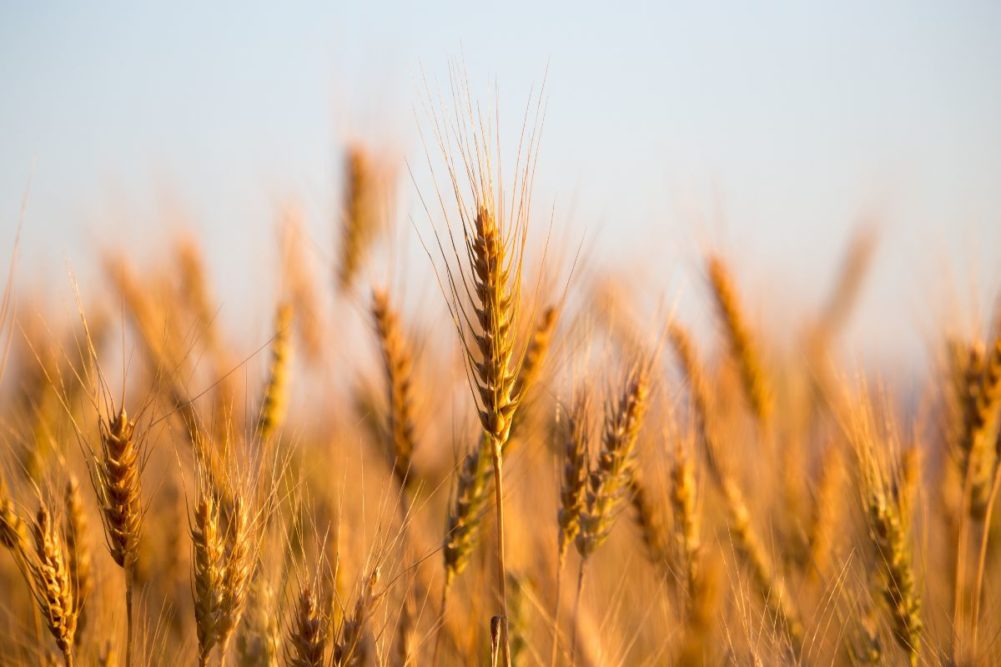ROME, ITALY — In an updated forecast released on Feb. 3, the United Nations’ Food and Agriculture Organization (FAO) estimated 2022 wheat production at a record 794 million tonnes, due to upward revisions in Australia and Russia, while overall grains production was pegged at 2.76 million tonnes, a 1.7% decline over the 2021 output.
For coarse grains, global production is pegged at 1.45 billion tonnes in 2022 by the FAO, moderately down compared to the preceding forecast in December and now 3.3% below the level in 2021. The most recent cut reflects lower corn production estimates for the European Union, the United States and Russia, which more than offset an upward revision for China.
The forecast for world rice production was revised downward as lower-than-expected output in China more than offset upward revisions for Bangladesh and several other countries. As a result, global rice output is now predicted to decline by 2.6% from its record high in 2021.
Looking ahead to 2023, the FAO said early indications point to likely area expansions for winter wheat cropping in the Northern Hemisphere, especially in the United States, driven mostly by elevated wheat prices. However, high fertilizer costs may affect application rates with adverse implications for yields.
Low domestic prices could result in a small cutback in wheat plantings in Russia, the world’s largest exporter, while severe war-induced impacts in Ukraine are estimated to reduce winter wheat area plantings by 40%, according to the FAO. Record plantings are forecast in India, spurred by high market and support prices, and relatively high plantings are projected in Pakistan as standing water from the 2022 floods is causing less hindrance than initially anticipated.
In the Southern Hemisphere countries, most of the 2023 coarse grain crops have been sown, the FAO noted. Brazil may post record corn plantings, while those in Argentina could decrease due to low soil moisture levels. Weather conditions augur well for corn yield prospects in South Africa, it said.
World cereal utilization in the 2022-23 marketing year is now forecast to drop by 0.7% from last year, to 2.77 billion tonnes, with the total utilization of corn predicted to decline, while wheat use increases and rice utilization changes little year-on-year.
The forecast for world grain stocks is pegged at 844 million tonnes at the end of the marketing year, pushing down the world stock-to-use ratio for 2022-23 to 29.5%.
In its new brief, the FAO predicts international grains trade in 2022-23 to decline by 1.7% from the previous year’s record level to 474 million tonnes.



